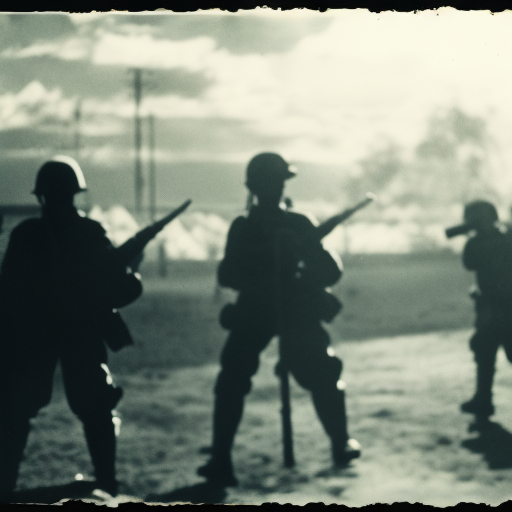Battle of Lens: A Decisive Clash in the Thirty Years’ War
The Battle of Lens was a significant military engagement that took place on August 20, 1648, during the final phase of the Thirty Years’ War. It was fought between the French army, led by Marshal François de La Meilleraye, and the Spanish army, commanded by Archduke Leopold Wilhelm of Austria. The battle occurred near the town of Lens in present-day northern France.
The Context:
The Thirty Years’ War was a complex conflict that involved numerous European powers and had profound religious, political, and territorial implications. By the time of the Battle of Lens, the war had been raging for almost three decades, resulting in immense devastation and loss of life across the continent. The conflict had primarily been fought between the Catholic Habsburgs and their allies and the Protestant states and their supporters.
The French Offensive:
In 1648, the French, under the leadership of Cardinal Mazarin, launched a major offensive against the Spanish, who were allied with the Habsburgs. The French sought to secure their territorial gains and weaken the position of their adversaries. One of the key objectives of this offensive was to capture the strategic town of Lens, which was held by the Spanish.
The Battle:
The French army, numbering around 45,000 troops, advanced towards Lens and besieged the town. The Spanish garrison, consisting of approximately 7,000 soldiers, was led by the experienced Archduke Leopold Wilhelm. Despite being heavily outnumbered, the Spanish defenders put up a fierce resistance.
The battle began with a French assault on the Spanish fortifications. The French artillery bombarded the town, causing significant damage. However, the Spanish troops held their ground and repelled several French attacks. The fighting was intense and characterized by close-quarters combat.
The Turning Point:
As the battle raged on, the French received reinforcements, bolstering their numbers. The arrival of fresh troops allowed the French to launch a decisive assault on the Spanish positions. The Spanish defenders, exhausted and outnumbered, could not withstand the renewed French offensive.
The French forces managed to breach the Spanish defenses and entered the town of Lens. The Spanish garrison, realizing the futility of further resistance, surrendered. The Battle of Lens ended in a decisive victory for the French.
The Aftermath:
The French victory at Lens was a significant blow to the Spanish and the Habsburgs. The capture of Lens allowed the French to consolidate their control over the region and further expand their influence. The battle also marked a turning point in the final phase of the Thirty Years’ War, as it demonstrated the military prowess of the French and weakened the position of their adversaries.
The Treaty of Westphalia, signed later in 1648, ended the Thirty Years’ War and recognized the territorial gains made by the French. Lens remained under French control, becoming an important stronghold in the region.
Conclusion:
The Battle of Lens was a crucial engagement in the final phase of the Thirty Years’ War. The French victory at Lens not only secured their territorial gains but also weakened the position of the Spanish and the Habsburgs. The battle demonstrated the military capabilities of the French army and marked a turning point in the conflict. The capture of Lens further expanded French influence in the region and set the stage for the eventual end of the war with the signing of the Treaty of Westphalia.












